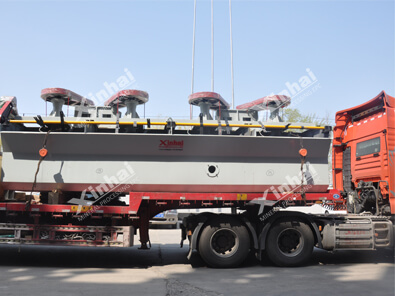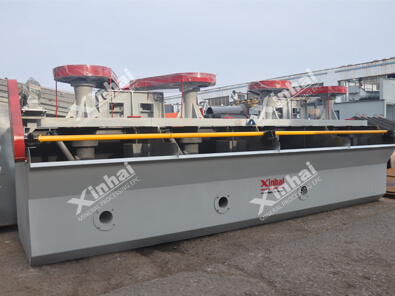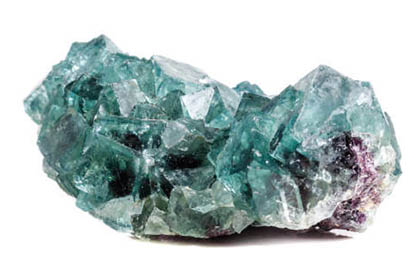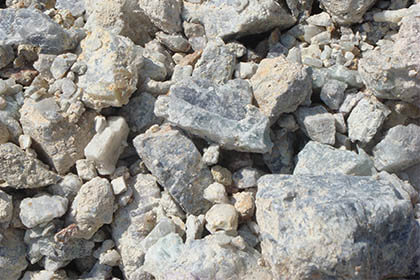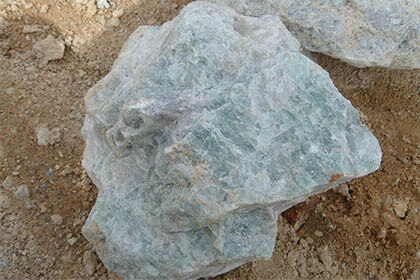The Ultimate Guide to Fluorspar Processing
 Laura
Laura
 Jun 27, 2024
Jun 27, 2024
 2121
2121
If you want to know more details about equipment, solutions, etc, please click the button below for free consultation, or leave your requirements!
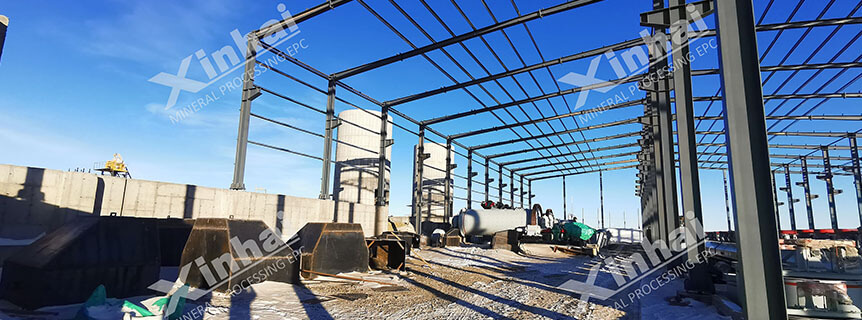
The Ultimate Guide to Fluorspar Processing - fluorspar dressing plant
Fluorspar, also known as fluorite, is a mineral composed of calcium fluoride. It is commonly found in veins and is often associated with other minerals such as quartz, calcite, and barite. Fluorspar has a wide range of industrial applications, including the production of hydrofluoric acid, aluminum fluoride, and fluorocarbons. In this ultimate guide to fluorspar processing, we will explore the various methods used to extract and process fluorspar ore to produce high-quality products for different industries.
01Extraction of Fluorspar Ore
BackFluorspar ore is typically extracted through open-pit mining or underground mining methods. Open-pit mining is the most common method used to extract fluorspar ore, as it is cost-effective and less labor-intensive compared to underground mining. In open-pit mining, large trucks and excavators are used to remove the overburden and expose the fluorspar ore. Once the ore is exposed, it is then drilled, blasted, and loaded onto trucks for transportation to the processing plant.
Underground mining is another method used to extract fluorspar ore, especially when the ore deposits are located deep underground. In underground mining, tunnels are dug into the earth to access the fluorspar ore. Miners then use drilling and blasting techniques to extract the ore and transport it to the surface for processing.
02Crushing and Grinding
BackAfter the fluorspar ore is extracted from the ground, it is transported to the crushing and grinding circuit for size reduction. The ore is first crushed into smaller pieces using jaw crushers or cone crushers. The crushed ore is then ground into a fine powder using ball mills or rod mills. Grinding the ore helps to liberate the fluorite crystals from the gangue minerals, making it easier to separate and concentrate the fluorspar.
03Flotation
BackFlotation is the most commonly used method for processing fluorspar ore. In the flotation process, the ground ore is mixed with water and various reagents, such as collectors and frothers. Air is then bubbled through the slurry, causing the fluorite particles to attach to the air bubbles and float to the surface. The gangue minerals, which are not attracted to the air bubbles, sink to the bottom and are removed as tailings. The froth containing the fluorite concentrate is then collected and dried for further processing.
04Dewatering and Filtration
BackAfter flotation, the fluorite concentrate is typically dewatered and filtered to remove excess water and impurities. Dewatering is usually done using thickeners or filters, which separate the solid particles from the liquid. Filtration is then used to further purify the concentrate by removing any remaining impurities. The dried fluorite concentrate is then ready for sale or further processing.
05Hydrometallurgical Processing
BackIn addition to traditional flotation methods, hydrometallurgical processing techniques can also be used to extract fluorite from ore. Hydrometallurgical processing involves leaching the ore with acids or alkalis to dissolve the fluorite crystals. The resulting solution is then treated to recover the fluorite as a high-purity product. Hydrometallurgical processing is often used for low-grade or complex fluorspar ores that are not amenable to conventional flotation methods.
06Product Applications
BackFluorspar is a versatile mineral with a wide range of industrial applications. Hydrofluoric acid is one of the most important products derived from fluorspar, as it is used in the production of aluminum fluoride, fluorocarbons, and other fluorine-containing compounds. Fluorspar is also used as a flux in the steelmaking industry, as a flux in the production of glass and ceramics, and as a source of fluoride in water treatment.
07Conclusion
BackIn conclusion, fluorspar processing is a complex and multifaceted process that involves various methods to extract, concentrate, and purify the fluorite crystals. From mining and crushing to flotation and hydrometallurgical processing, each step plays a crucial role in producing high-quality fluorspar products for different industries. By understanding the ultimate guide to fluorspar processing, companies can optimize their operations and maximize the value of this versatile mineral.
Contact us to learn how to optimize your fluorspar processing with our comprehensive guide!
 +86 18716000713
+86 18716000713 xlyin@xinhaimining.net
xlyin@xinhaimining.net




 Message
Message Chat Now
Chat Now


